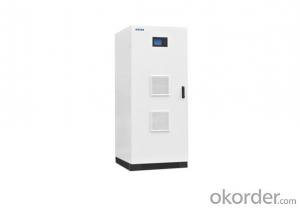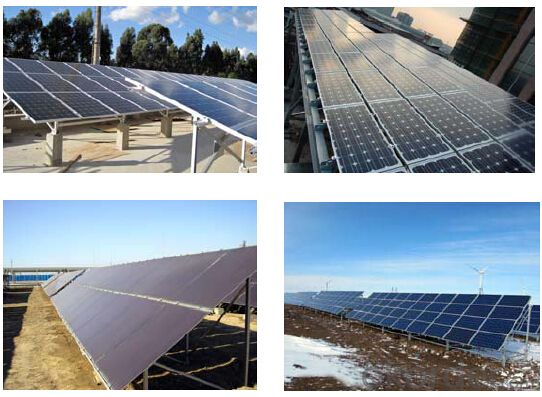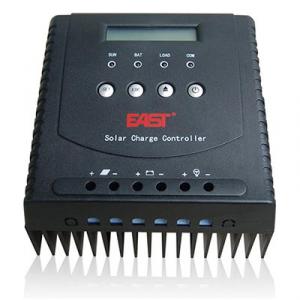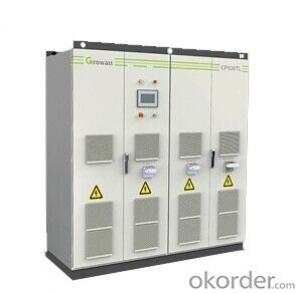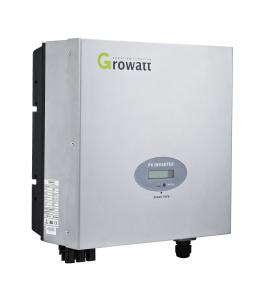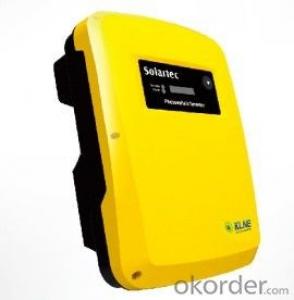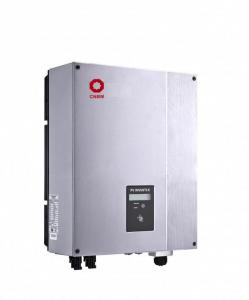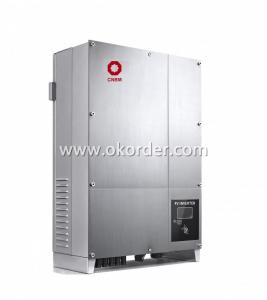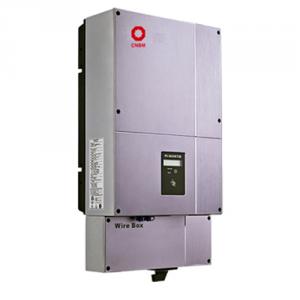48V Solar Inverter DC Power Distribution Cabinet Intelligent Monitoring Unit with LCD Display
- Loading Port:
- Guangzhou
- Payment Terms:
- TT OR LC
- Min Order Qty:
- 10 unit
- Supply Capability:
- 10000 unit/month
OKorder Service Pledge
OKorder Financial Service
You Might Also Like
Product features
The external auxiliary power source is compatible with the output voltage of solar inverter
Good performance for heat dissipation and overload capability
Optional anti-feedback diode is available
The cabinet is available in Universal type or Kstar-dedicated one
Kstar-dedicated DC power distribution cabinet requires no auxiliary power to adjust the speed of fans. They are controlled by the solar inverter itself
Intelligent monitoring unit and LCD display. The monitoring function is better, and more convenient

Product Parameter
SOLAR ENERGY DEEP CIRCULATION SERIES
2V: 200~2000Ah;
12V: 38~200Ah
Q 1. what's the payment term?
A. We accept TT,30% deposit and 70% balance agaisnt copy of BL
Q 2. how's the delivery time ?
A. usually it will take about 25 days for production
Q 3. tell me the standard of package?
A. For the small capacity, it use carton, but for big capacity, we will use strong wooden case for protection.
Q 4. what kind of material of transformer?
A. we have two types, one 100% copper and the other is copper with aluminum.It depends on your requirment. In fact,those two have no difference if normal work well. Only except the longlife. Copper is better and also higer price.
Q 5.Could you offer Form A or C/O ?
A. It totally not a problem. We can prepare relative documents to forgin affairs office or other office to apply for this certificate.
Q 6.Would you accept to use our logo ?
A.If you have good quantity,it absolute no problem to do OEM.
Q 7.We want to know month capacity.
A. It depends on which model.For example for relay type small capacity , month capacity can reach near 20000pcs and big capacity near 3000pcs.
Q 8.Where is your market?
A. Our products are popular in russia, indonisia, Philippines,italy, america, pakistan and so on.Some of them are our regular customers and some of them are developing. We hope you can join us and make mutural benifit from our cooperation.
Q9. what kind of certificate you have ?
A. Our company already achieve ISO, CCC, and for products, we have CE, TUV, SAA, G58, C10/11,SONCAP, GOST, UL(pending) .

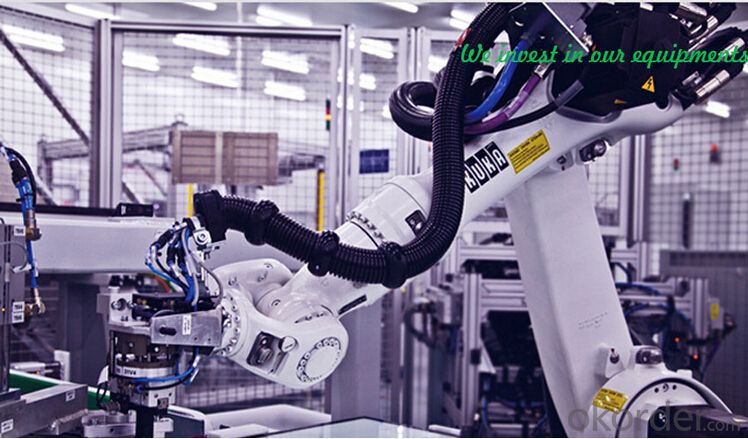
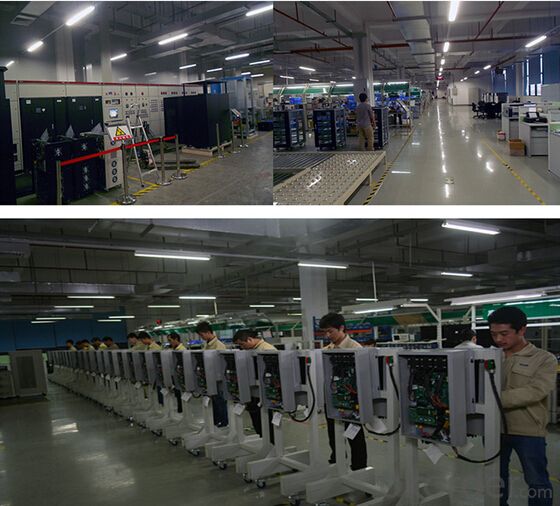
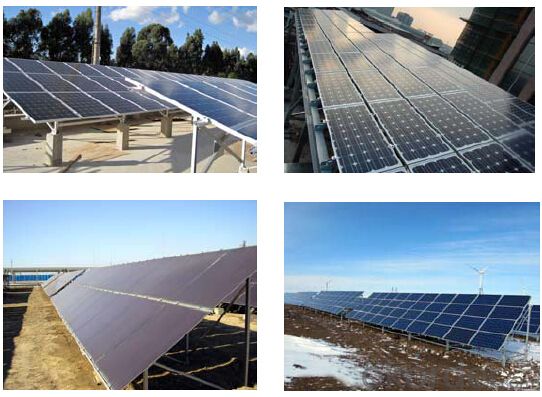
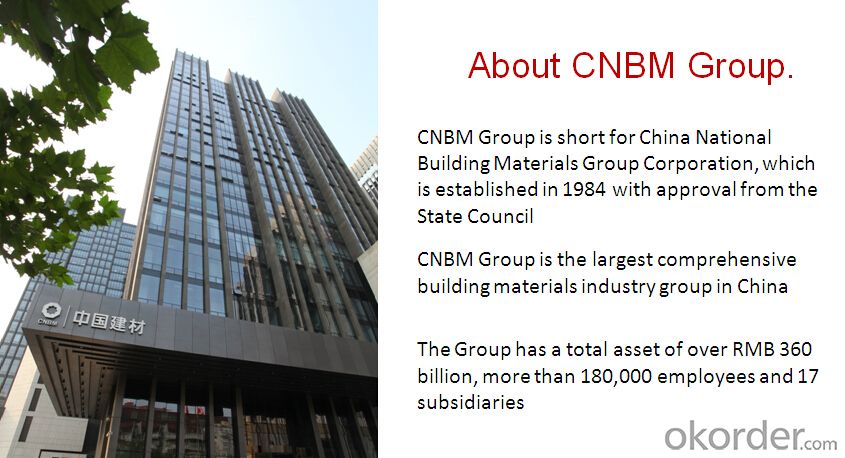
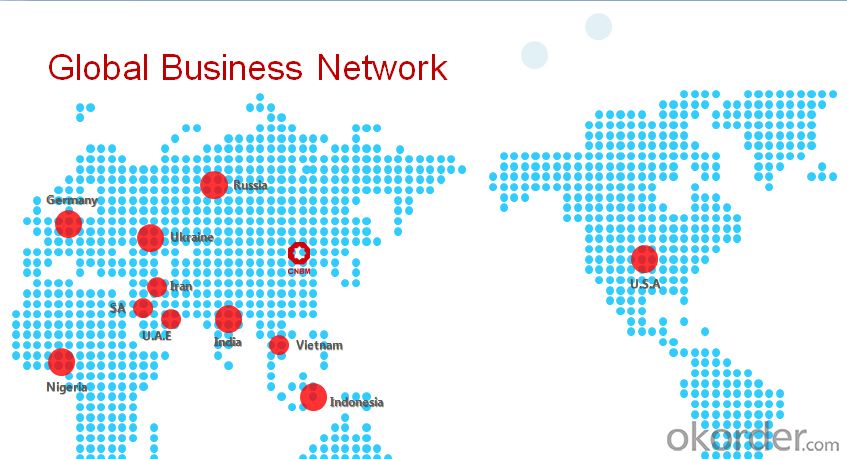
- Q: How does the power factor affect the performance of a solar inverter?
- The power factor affects the performance of a solar inverter by determining the efficiency and quality of the electrical power being generated. A low power factor can lead to increased losses, reduced power output, and decreased overall system efficiency. It can also cause voltage fluctuations and increased stress on the inverter components. On the other hand, a high power factor ensures optimal utilization of power, improves system performance, and reduces energy wastage. Therefore, maintaining a high power factor is crucial for maximizing the performance and reliability of a solar inverter.
- Q: How does a solar inverter handle voltage drop?
- A solar inverter is designed to handle voltage drop by continuously monitoring the voltage level of the solar panels. If the voltage drops below a certain threshold, the inverter adjusts its internal electronics to compensate for the drop and ensure a consistent output voltage. This allows the inverter to maintain optimal performance and efficiency even in situations with voltage fluctuations or drops.
- Q: Can a solar inverter be used with a solar-powered healthcare system?
- Yes, a solar inverter can be used with a solar-powered healthcare system. A solar inverter is an essential component of a solar power system as it converts the direct current (DC) produced by solar panels into alternating current (AC) that can be used to power various healthcare devices and equipment. This allows for the efficient and reliable operation of a solar-powered healthcare system, ensuring uninterrupted access to essential medical services even in remote or off-grid locations.
- Q: What happens to excess solar energy generated by the inverter?
- Excess solar energy generated by the inverter can be stored in batteries for later use or exported to the power grid, depending on the setup.
- Q: Can a solar inverter be used in regions with high altitude conditions?
- Yes, a solar inverter can be used in regions with high altitude conditions. However, it is important to consider certain factors such as temperature, air density, and potential voltage fluctuations that can affect the performance of the solar inverter at high altitudes. Specialized inverters or adjustments may be required to ensure optimal functioning in such conditions.
- Q: Can a solar inverter be used in conjunction with a generator?
- Yes, a solar inverter can be used in conjunction with a generator. In fact, it is a common setup in off-grid or hybrid systems. The solar inverter can work alongside the generator to provide electricity when solar power is insufficient, ensuring a continuous and reliable power supply.
- Q: How does a solar inverter handle shading or partial obstruction of solar panels?
- A solar inverter typically addresses shading or partial obstruction of solar panels by employing a technology called maximum power point tracking (MPPT). This technology allows the solar inverter to constantly monitor the output of each individual solar panel and optimize the power generation by adjusting the voltage and current levels. By doing so, it minimizes the impact of shading or obstruction on the overall system performance, ensuring maximum energy production even in less than ideal conditions.
- Q: How is a solar inverter different from a regular inverter?
- A solar inverter is specifically designed to convert the DC (direct current) electricity generated by solar panels into AC (alternating current) electricity suitable for use in homes and businesses. On the other hand, a regular inverter is mainly used to convert DC electricity from batteries or other sources into AC electricity. Therefore, while both inverters convert electricity from one form to another, a solar inverter is tailored for the unique requirements of solar power systems.
- Q: Are there any noise or vibration concerns associated with solar inverters?
- Solar inverters can cause noise and vibration problems, but the severity of these issues depends on the specific make and model of the inverter. Some inverters may emit a gentle humming or buzzing sound, which is generally considered normal. However, if the noise becomes excessively loud or disruptive, it may indicate a malfunctioning or poorly installed inverter. Likewise, vibrations can occur in solar inverters, especially if they are not properly secured or mounted. These vibrations can potentially result in additional noise or even lead to damage if not addressed. To mitigate these concerns, it is essential to follow proper installation and maintenance practices, such as securely fastening the inverter and regularly inspecting for loose components or abnormal vibrations. It's worth noting that advancements in technology have resulted in the development of quieter and more efficient solar inverters. When selecting an inverter for a solar system, it is advisable to research and choose a reputable brand known for producing inverters with minimal noise and vibration issues. Additionally, consulting with a professional solar installer can provide valuable insights and recommendations to ensure a smooth and quiet operation of the solar inverter.
- Q: How does a solar inverter communicate with other system components?
- A solar inverter communicates with other system components through various methods such as wired connections or wireless technologies like Wi-Fi or Bluetooth. It exchanges information with components like solar panels, batteries, and control systems to monitor and regulate the flow of electricity, optimize energy production, and ensure safe and efficient operation of the solar power system.
Send your message to us
48V Solar Inverter DC Power Distribution Cabinet Intelligent Monitoring Unit with LCD Display
- Loading Port:
- Guangzhou
- Payment Terms:
- TT OR LC
- Min Order Qty:
- 10 unit
- Supply Capability:
- 10000 unit/month
OKorder Service Pledge
OKorder Financial Service
Similar products
Hot products
Hot Searches
Related keywords
